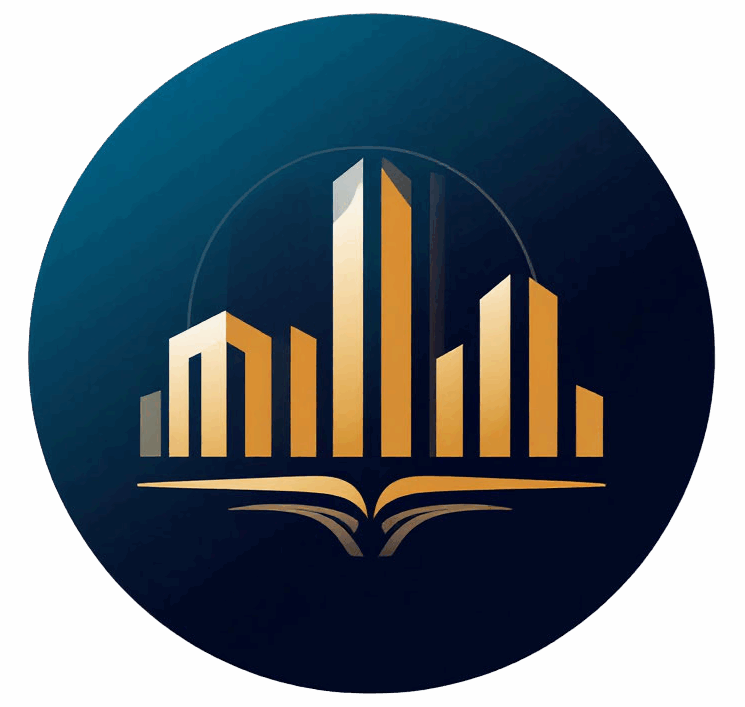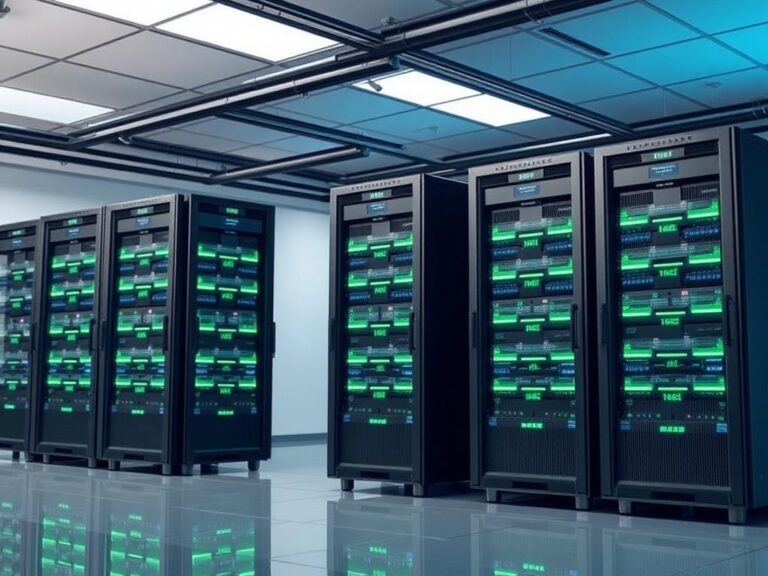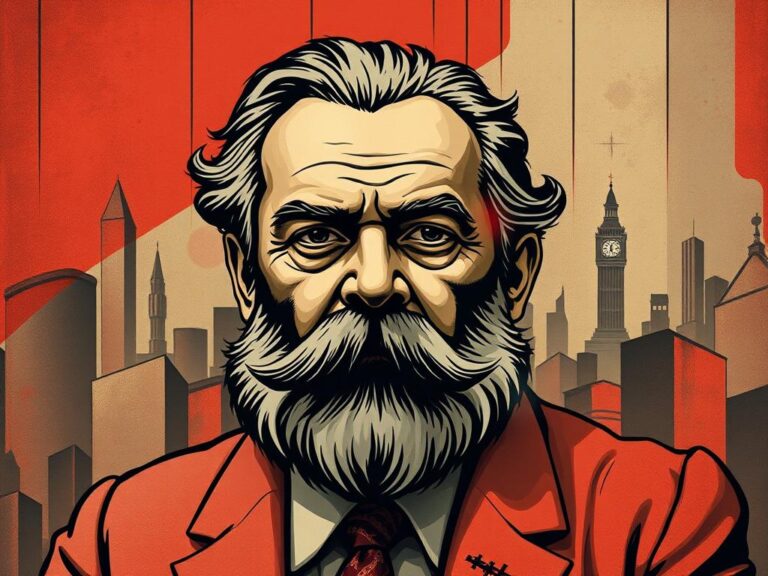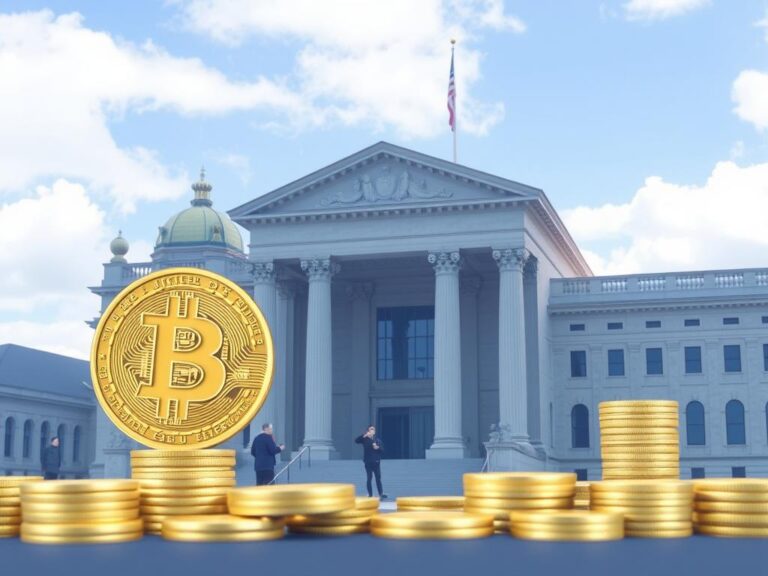Capital in Economics: Classical vs. Modern Views
Understanding Capital: The Foundation of Economic Thought
When you hear the word “capital” in economics, what comes to mind? For many, it might be money or financial assets, but the concept runs much deeper. Capital is one of the fundamental elements in economic theory, influencing how societies produce, distribute, and grow wealth over time. Capital can take various forms: physical assets like machinery and buildings, human capital in the form of skills and education, or financial capital such as investments and funds. Over the centuries, economists have debated how capital should be defined, measured, and understood within the entire economic system. The two dominant perspectives that stand out are the classical and modern views on capital, each offering unique insights into its role and significance.
Classical Views on Capital: Roots in the Industrial Revolution
The classical view of capital emerged prominently during the 18th and 19th centuries, a time marked by the Industrial Revolution. Economists like Adam Smith, David Ricardo, and Karl Marx were instrumental in shaping this perspective. For classical economists, capital was primarily considered as physical goods used in production — machines, tools, factories — anything that could aid in producing other goods. This capital was seen as distinct from labor and land, the other two traditional factors of production. The classical perspective emphasized that capital accumulation was essential for economic growth but also highlighted the inequalities it could generate.
One of the key ideas within classical economics is the concept of capital accumulation leading to wealth creation, but also the risk of concentration in the hands of capital owners. Karl Marx, in particular, analyzed how capital ownership affects social relations and class structures, pointing out that capital can be a source of exploitation if unchecked. In this framework, capital was tangible and tied closely to productive capacity and social power.
Key Features of Classical Capital
- Physical and tangible assets used in production
- Distinct from labor and land as a factor of production
- Essential for economic growth through accumulation
- Linked to social and economic classes (e.g., capitalists vs. laborers)
Transition to Modern Views: Expanding the Concept of Capital
As the economy evolved, so did the understanding of capital. The modern view on capital incorporates a broader and more nuanced approach to what constitutes capital. Economists today consider not only physical assets but also intangible forms like human capital, social capital, and financial capital. The emergence of knowledge-based economies and technological advancements challenged the classical notion that strictly linked capital with physical machinery.
One of the most influential developments leading to modern capital theory was the recognition of human capital—the skills, education, and experience individuals possess that enhance productivity. Economists such as Gary Becker emphasized how investing in people’s knowledge and abilities contributes significantly to economic growth. Social capital, another modern interpretation, focuses on relationships, networks, and trust, which also have real economic value.
Types of Capital in Modern Economics
| Type of Capital | Description | Example |
|---|---|---|
| Physical Capital | Man-made tools and infrastructure used for production | Machinery, buildings, computers |
| Human Capital | Skills, knowledge, and experience possessed by individuals | Education, training |
| Financial Capital | Funds used to finance investments and business operations | Money, stocks, bonds |
| Social Capital | Networks, relationships, and social trust facilitating cooperation | Community groups, professional networks |
Comparing Classical and Modern Views: Similarities and Differences
Though they both revolve around capital, classical and modern views have some clear differences and important connections. At their core, both perspectives recognize capital as a critical driver of production and economic growth. However, classical economics confines capital mainly to physical assets, while modern economics embraces a wider array of capital types that reflect today’s complex economies.
The classical approach is useful for understanding historical industrial dynamics and the role capital played in shaping social classes. However, it often overlooks the growing importance of intellectual and social resources. On the other hand, the modern approach offers a more comprehensive lens through which we can evaluate economic development, innovation, and human progress. For example, in a tech-driven world, companies rely less on traditional machinery and more on skilled workers and innovation, aspects better captured by the modern concept of capital.
Summary of Differences
| Aspect | Classical View | Modern View |
|---|---|---|
| Definition of Capital | Physical, tangible production goods | Physical, human, social, and financial assets |
| Role in Society | Focus on production and class relations | Focus on innovation, education, and social networks |
| Economic Growth | Driven by capital accumulation | Driven by diverse forms of capital |
| Measurement | Quantifiable physical assets | Includes intangible and qualitative measures |
The Importance of Capital in Today’s Economy
In today’s rapidly changing economic landscape, understanding both classical and modern views on capital gives us a richer perspective. Businesses now invest heavily in human capital through training and education programs, recognizing that skilled workers are a vital resource. Similarly, social capital helps create partnerships and trust that improve business efficiency and community well-being. Financial capital remains an indispensable element as funding is often necessary to bring ideas and projects to life.
Technology is also reshaping capital by making intangible assets like intellectual property and data increasingly valuable. Consequently, policymakers and economists must consider broader definitions of capital when designing economic policies aimed at sustainable growth and reducing inequality.
Why Both Perspectives Matter
- Classical views highlight the importance of physical capital and historical economic shifts
- Modern views reflect current complexities and the increasing role of knowledge and relationships
- Combining both helps us understand the full scope of economic development
Capital and Economic Strategies

Companies and governments develop strategies based on their economic environment. For instance, manufacturing-focused economies might stress physical capital investment, aligning more closely with classical theory. Meanwhile, service-based, innovation-driven economies focus on developing human and social capital, illustrating the modern economic view in practice.
Conclusion
Capital in economics is far from a one-dimensional concept. While classical views laid the groundwork by emphasizing physical assets and their role in production and class dynamics, modern economic thought has broadened the definition to include human skills, social networks, and financial resources. Understanding the differences and intersections between classical and modern views enriches our grasp of how economies function and evolve. Whether you approach capital as concrete machines or intangible knowledge and relationships, it remains a powerful force shaping wealth, opportunity, and progress in both historic and contemporary contexts.







